This article was medically reviewed by Janice Litza, MD and by wikiHow staff writer, Christopher M. Osborne, PhD. Dr. Litza is a board certified Family Medicine Physician in Wisconsin. She is a practicing Physician and taught as a Clinical Professor for 13 years, after receiving her MD from the University of Wisconsin-Madison School of Medicine and Public Health in 1998.
There are 9 references cited in this article, which can be found at the bottom of the page.
This article has been viewed 44,131 times.
Cymbalta (duloxetine) is an SNRI category antidepressant that can also be prescribed for pain management due to conditions like fibromyalgia and arthritis.[1] While Cymbalta can be very beneficial for many patients, stopping the medication can produce withdrawal symptoms so severe that there is a common name for the condition—Cymbalta Discontinuation Syndrome (CDS).[2] Tapering off the medication slowly, under the close direction of your prescribing physician, is the key to managing CDS. In addition, building a strong support network and making lifestyle adjustments are also vital.
Steps
Tapering off Cymbalta with Your Doctor’s Help
-
1Talk to your doctor about potential withdrawal symptoms. Whether it’s your decision to go off Cymbalta or your doctor’s recommendation, it’s essential that the two of you work together throughout the process. To start things off, it’s important that you know which potential withdrawal symptoms to watch out for. The following are the most commonly reported symptoms:[3]
- anxiety, irritability
- tiredness, sleeping problems
- headaches, dizziness
- profuse sweating
- nausea, vomiting, diarrhea
- “brain zaps”—electric shock-like sensations that can cause pain and disorientation
-
2Recognize the difference between returning symptoms and withdrawal. Symptoms of the condition treated by Cymbalta often start to reappear if you don't take it. Since these symptoms return after you stop the medication, it's easy to confuse them for withdrawal. However, they won't go away without a different treatment. Similarly, you can't avoid them by tapering off slowly, as they'll likely return eventually.
- For example, feelings of sadness might return if you're taking Cymbalta for chronic depression.
Advertisement -
3Try tapering off Cymbalta by using lower standard doses. Your doctor may advise you to taper off the medication by working your way down through the standard doses over a period of about a month. For instance, if you are taking two 30 mg caplets twice per day (60 mg total), you might try to go to 20 mg twice daily (40 mg total) for about a week, then 30 mg once a day, and so on.[4]
- Cymbalta caplets typically come in 60 mg, 40 mg, 30 mg, and 20 mg doses. The maximum recommended daily dosage is 120 mg (two 60 mg caplets daily).
- Both the drug manufacturer and the FDA give frustratingly vague guidance regarding dosage reduction and how long tapering should last. Essentially, tapering off Cymbalta is a trial-and-error process for both you and your doctor.
-
4Ask about “microtapering” if standard tapering isn’t working. If tapering down through the standard Cymbalta doses still results in CDS, you might try a far more gradual process known as “microtapering.” In the case of Cymbalta, this involves removing increasing amounts of the medication within the caplets you take over a period of 6 months or more.[5]
- The amount of time you'll need to taper yourself off of the medication depends on how long you were taking it, as well as your dosage. If you've been taking Cymbalta for a long time, you'll need to take your time as you wean yourself off of it.
- Keep in mind that the tapering process will be easier if you're switching to a similar medication, which will ease your withdrawal symptoms.
- Cymbalta caplets are filled with coated granules, which means you can open the caplet, remove a certain number of granules, put the caplet back together, and take it as normal.
- Research some of the websites dedicated to micro-tapering off medications like Cymbalta, and talk to your doctor about the pros and cons of trying it.[6]
- Opening/closing capsules and counting granules requires fine motor skills that not all patients possess.[7]
- You may be able to have a compounding pharmacy do the micro-tapering for you.[8]
-
5Discuss taking Prozac temporarily while you taper off Cymbalta. Prozac (fluoxetine) is an SSRI antidepressant (unlike Cymbalta, an SNRI) that tends to cause less severe withdrawal symptoms. Your doctor may be willing to prescribe Prozac once you are well into the process of tapering (or micro-tapering) off Cymbalta, then have you taper off Prozac for 1-2 weeks after you finish the Cymbalta.[9]
- Essentially, the Prozac helps mask the effects of CDS.
- However, this method won’t work for everyone, and some patients may end up having more serious side effects and/or withdrawal symptoms. You must work closely with your prescribing physician when trying this method.
Getting Support from Friends and Professionals
-
1Maintain social connections while you taper off Cymbalta. In addition to causing physical discomfort, CDS can leave you feeling isolated and hopeless. During this challenging time, keeping in close contact with reliable, compassionate friends and loved ones can really help you manage the emotional anguish.[10]
- Fight the urge to withdraw from your social circle because you don’t feel well.
- When someone in your circle asks how they can help, be specific as to what you need. Ask them to go to the store for you, tidy up a bit, or just be a sympathetic ear while you vent your emotions.
-
2Join online CDS support groups. Typing “Cymbalta withdrawal support group” into your preferred search engine will result in a long list of websites dedicated to the cause. Browse through several available options and consider joining one or more of them.[11]
- Connecting with other people who know just what you’re going through can really make a difference. You might get the boost you need to keep working through CDS.
- You may be able to find in-person support groups in your area as well.
-
3Work closely with a mental health professional. Especially if you’ve been taking Cymbalta for depression, it’s quite possible that you already attend therapy sessions with a mental health professional. If so, make sure you keep going to sessions as you taper off the medication. If not, ask your prescribing physician and your insurer for recommendations on qualified therapists in your area.[12]
- Talking openly about your struggle with CDS is a sign of personal strength, not weakness.
-
4Enter a recovery program that focuses on antidepressant withdrawal. While Cymbalta isn’t typically defined as an addictive substance, the severity of CDS that some people experience creates many parallels with addiction recovery. As such, some addiction recovery treatment programs have specialized components dedicated to antidepressant withdrawal.[13]
- There may be in-patient and/or out-patient recovery programs available in your area.
- Ask your prescribing physician or mental health professional for guidance, and consider seeking recommendations from online support groups.
Making Lifestyle Adjustments
-
1Strive to maintain a healthy diet. It’s possible, if not yet certain, that a diet composed of fruits, vegetables, whole grains, lean proteins, and non-processed foods helps reduce the likelihood of experiencing depression.[14] Maintaining this type of diet while tapering off Cymbalta may also help ease some of the emotional and physical withdrawal symptoms.[15]
- Unfortunately, CDS can cause nausea, vomiting, and diarrhea, which in turn can suppress your appetite. You may need to work with your doctor and a nutritionist in order to find a diet that is both healthy and tolerable for you.
-
2Get regular, light exercise, with friends if possible. As with a healthy diet, there is growing evidence that regular exercise can help reduce depression and provide other mental health benefits. However, several of the physical symptoms of CDS, like dizziness, excess sweating, and “brain zaps,” may interfere with a moderate or intense exercise regimen. Therefore, it’s best to stick to light exercise.[16]
- For example, try walking instead of running. Or, ride a stationary bike indoors (at a slow pace) instead of a standard bike outdoors, which also will make you less susceptible to falls or accidents due to dizziness.
- Exercising with one or more friends means you’ll have someone close by if you do experience major symptoms. They’ll also provide you with beneficial companionship.
- Talk to your doctor about the right exercise regimen for you.
-
3Ask your doctor about taking supplements that may improve CDS. Online searches quickly reveal long lists of supplements that are claimed to help ease Cymbalta withdrawal symptoms. Very rarely are these claims supported by reliable evidence, however, so you should definitely consult your doctor before trying any supplements.[17]
- Frequently mentioned supplements include: activated charcoal; fish oil; GSH; melatonin; magnesium; 5-HTP or L-tryptophan; Vitamin B; L-Tyrosine or DLPA; Himalayan salt or sea salt.
- You should try one supplement at a time so you can check for side effects and any benefits regarding CDS.
- Supplements can interact with medications you’re taking, so always consult with your doctor first.
References
- ↑ https://www.peoplespharmacy.com/articles/how-to-stop-duloxetine-cymbalta-without-withdrawal-symptoms
- ↑ https://www.drugwatch.com/cymbalta/side-effects/
- ↑ https://www.accessdata.fda.gov/drugsatfda_docs/label/2017/021427s049lbl.pdf#page=32
- ↑ https://www.therecoveryvillage.com/cymbalta-addiction/withdrawal-detox/
- ↑ https://www.peoplespharmacy.com/articles/how-to-stop-duloxetine-cymbalta-without-withdrawal-symptoms
- ↑ https://withdrawal.theinnercompass.org/
- ↑ https://withdrawal.theinnercompass.org/taper/counting-beads-beaded-capsule
- ↑ https://withdrawal.theinnercompass.org/taper/using-compounding-pharmacy
- ↑ https://www.therecoveryvillage.com/cymbalta-addiction/withdrawal-detox/
- ↑ https://mentalhealthdaily.com/2015/03/19/10-best-supplements-for-antidepressant-withdrawal/
- ↑ https://www.therecoveryvillage.com/cymbalta-addiction/withdrawal-detox/
- ↑ https://mentalhealthdaily.com/2015/03/19/10-best-supplements-for-antidepressant-withdrawal/
- ↑ https://www.therecoveryvillage.com/cymbalta-addiction/withdrawal-detox/
- ↑ https://mentalhealthdaily.com/2014/11/11/best-diet-for-depression-foods-to-optimize-mental-health/
- ↑ https://mentalhealthdaily.com/2015/03/19/10-best-supplements-for-antidepressant-withdrawal/
- ↑ https://mentalhealthdaily.com/2015/03/19/10-best-supplements-for-antidepressant-withdrawal/
- ↑ https://mentalhealthdaily.com/2015/03/19/10-best-supplements-for-antidepressant-withdrawal/
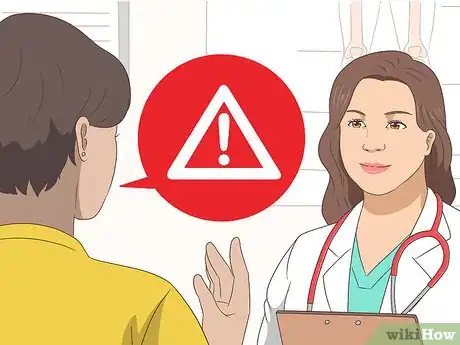
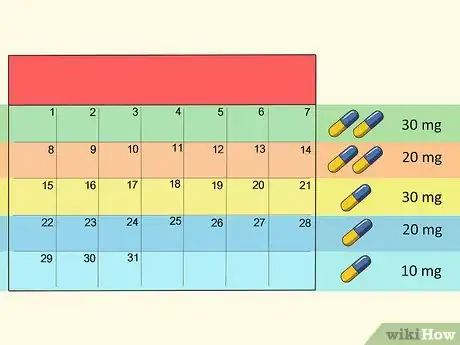
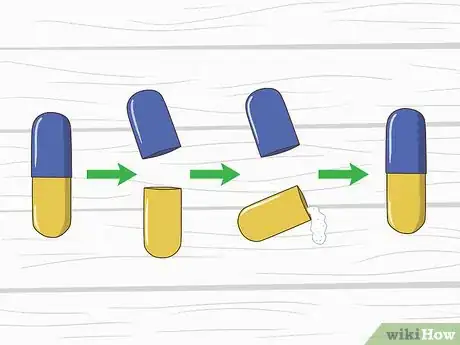
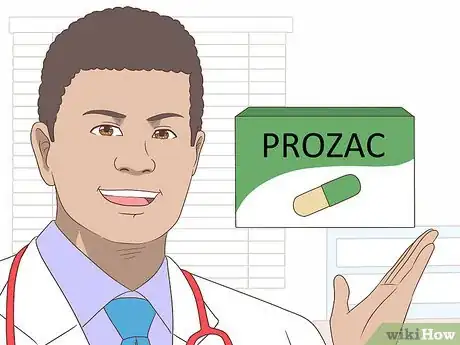
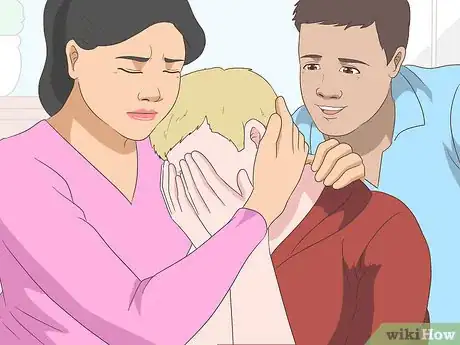
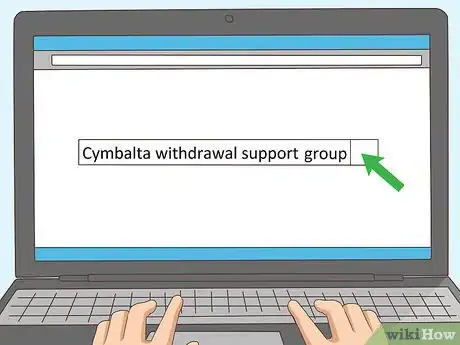

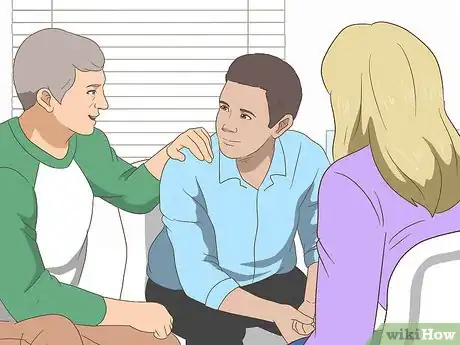
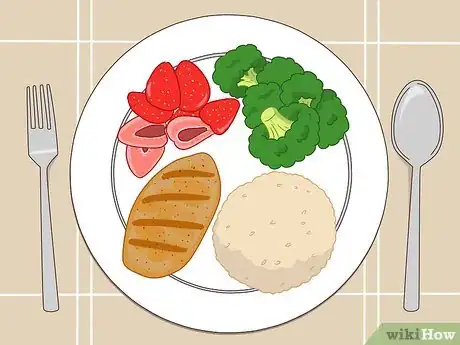
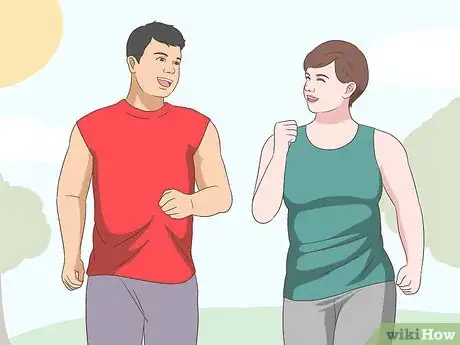

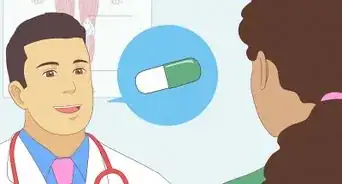
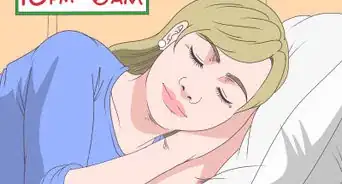



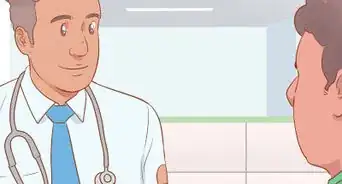
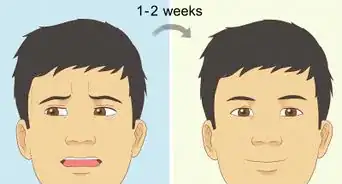
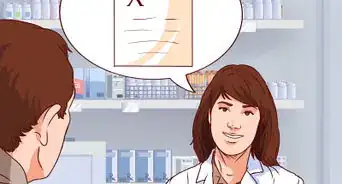

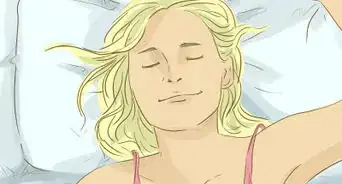

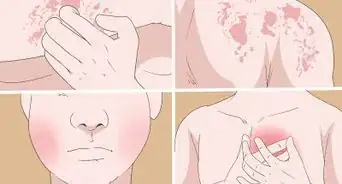
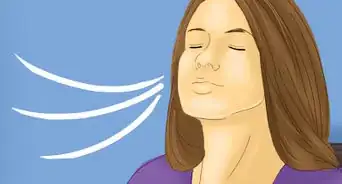








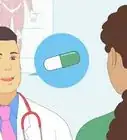






































Medical Disclaimer
The content of this article is not intended to be a substitute for professional medical advice, examination, diagnosis, or treatment. You should always contact your doctor or other qualified healthcare professional before starting, changing, or stopping any kind of health treatment.
Read More...